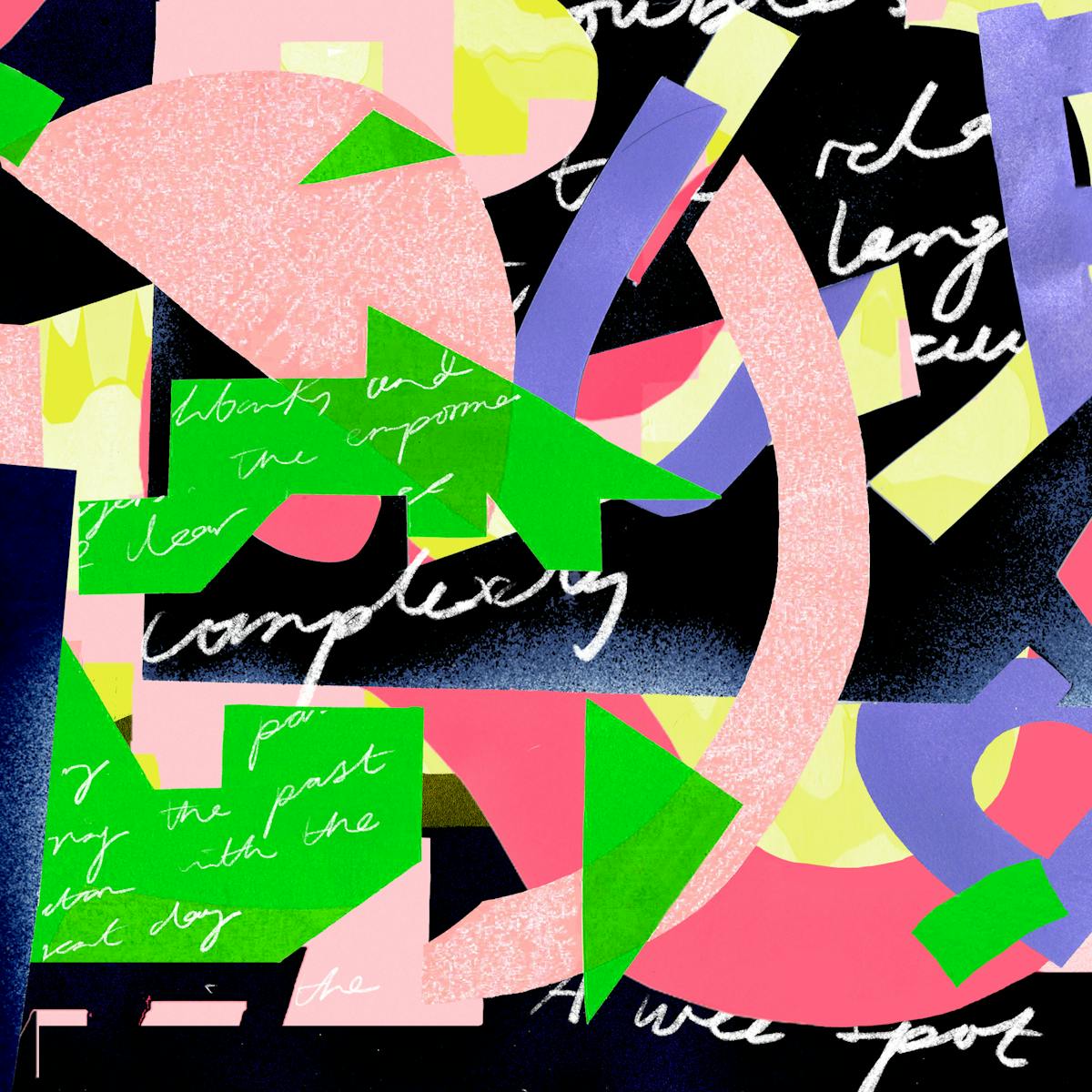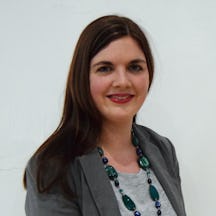Growing up in 1990s Northern Ireland, Carrie Hynds found many of her experiences transformed by euphemism in a country where civil war was known as “The Troubles” and people who were murdered became “The Disappeared”. Recently diagnosed with complex post-traumatic stress disorder, Carrie has started to think deeply about how language and trauma are entwined. Here she explores how euphemism can be used to disempower, while direct and specific language can help build new paths.
I grew up in 1990s Northern Ireland, at the tail end of a 30-year period of violence commonly known as “The Troubles”. This euphemism was used by newsreaders, teachers, political and religious leaders and family members, neatly side-stepping any precise definition of the unrest we lived in.
Whenever I hear The Troubles, my brain automatically replaces it with another euphemism one notch along: a wee spot of bother. I can’t remember when I started doing this, but I know why. It was my way of acknowledging the gap between the complicated and brutal reality of the Northern Ireland conflict and the catch-all, almost cosy phrase used to describe it.
My recent diagnosis of complex PTSD can also be euphemised as a wee spot of bother, and I’ve used it with acquaintances to describe periods of poor mental health. In fact, this euphemism works for bereavement, redundancy and most traumatic events under the sun. It’s intentionally absurd, to remind myself of what I am doing (obscuring the truth) and why I am doing it (sometimes for convenience but mostly to protect myself).
I was diagnosed in my early 30s. Until the term “complex PTSD” was applied to me, I had never heard of it before. I started reading everything I could find out about it and emotional trauma, and their physical and psychological impacts. Complex PTSD is a relatively new diagnosis, distinct from PTSD, used to describe chronic trauma. The older phrases for it are even more obscure: “enduring personality change after catastrophic experience” (EPCACE) and “disorders of extreme stress not otherwise specified” (DESNOS).
Reading this material felt like discovering a whole new room in my flat. I was suddenly given knowledge and terminology to help make sense of my past experiences and their present-day impact. On good days, having these insights into my condition feels like a superpower. On bad days, I feel deeply ashamed I’m not recovering faster.
It’s a slow process. Unexpected loud noises still take me anywhere from five minutes to three hours to recover from, by which I mean my adrenalin and concentration levels returning to normal and the present moment feeling fully real. In addition, I’m hyperaware of cigarette smoke furling from bins, unattended bags, and empty cars with their engines running, because I was taught as a child that these things meant danger.
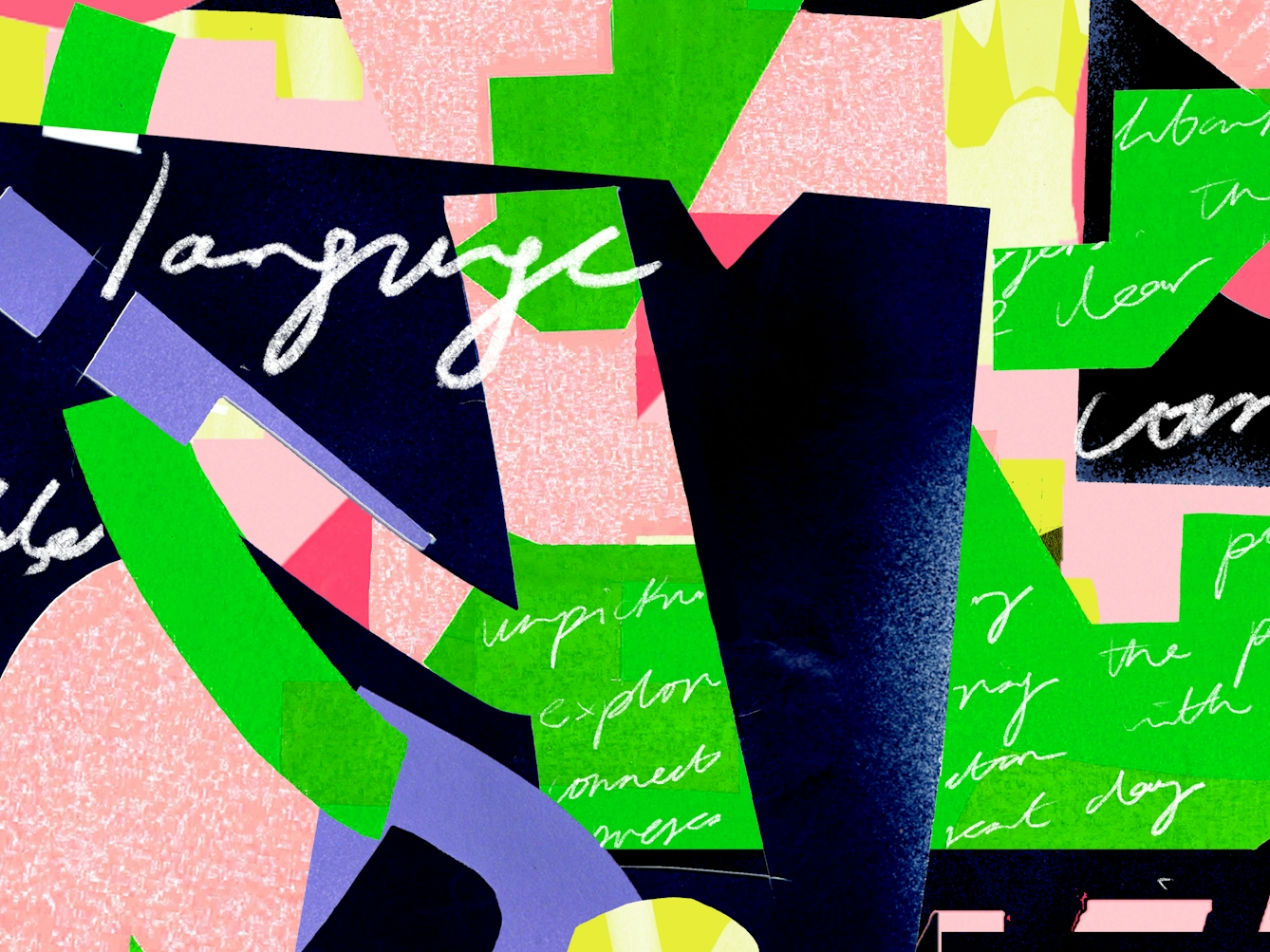
“Whenever I hear The Troubles, my brain automatically replaces it with another euphemism one notch along: a wee spot of bother.”
The empowerment of clear language
Researching my condition has brought two things to my attention. Firstly, the importance of being able to name the beast, having a tangible set of words to put into a search engine. My diagnosis hasn’t solved the problem, but it was a vital first step towards getting the right support in place. Secondly, I’ve been struck by the ongoing prevalence of PTSD and complex PTSD in Northern Ireland.
I was already aware of the link between Northern Ireland and PTSD, which has been widely reported as “the world’s highest recorded rate”, but in my mind it meant soldiers and civilians suffering the aftershocks of direct violence. It was never something I thought could apply to me.
Complex PTSD has many symptoms in common with PTSD, including flashbacks where the past hijacks the present, but the main difference is that instead of the trigger being a one-off extreme event, complex PTSD’s causes are slow burners.
A study by Ferry et al puts the combined rates of PTSD and complex PTSD in Northern Ireland at 17.6 per cent, a finding they attribute to the “cumulative impact of mass exposure of the NI adult population to chronic trauma for numerous decades”. Yet we rarely talk about this effect on the population as a whole.
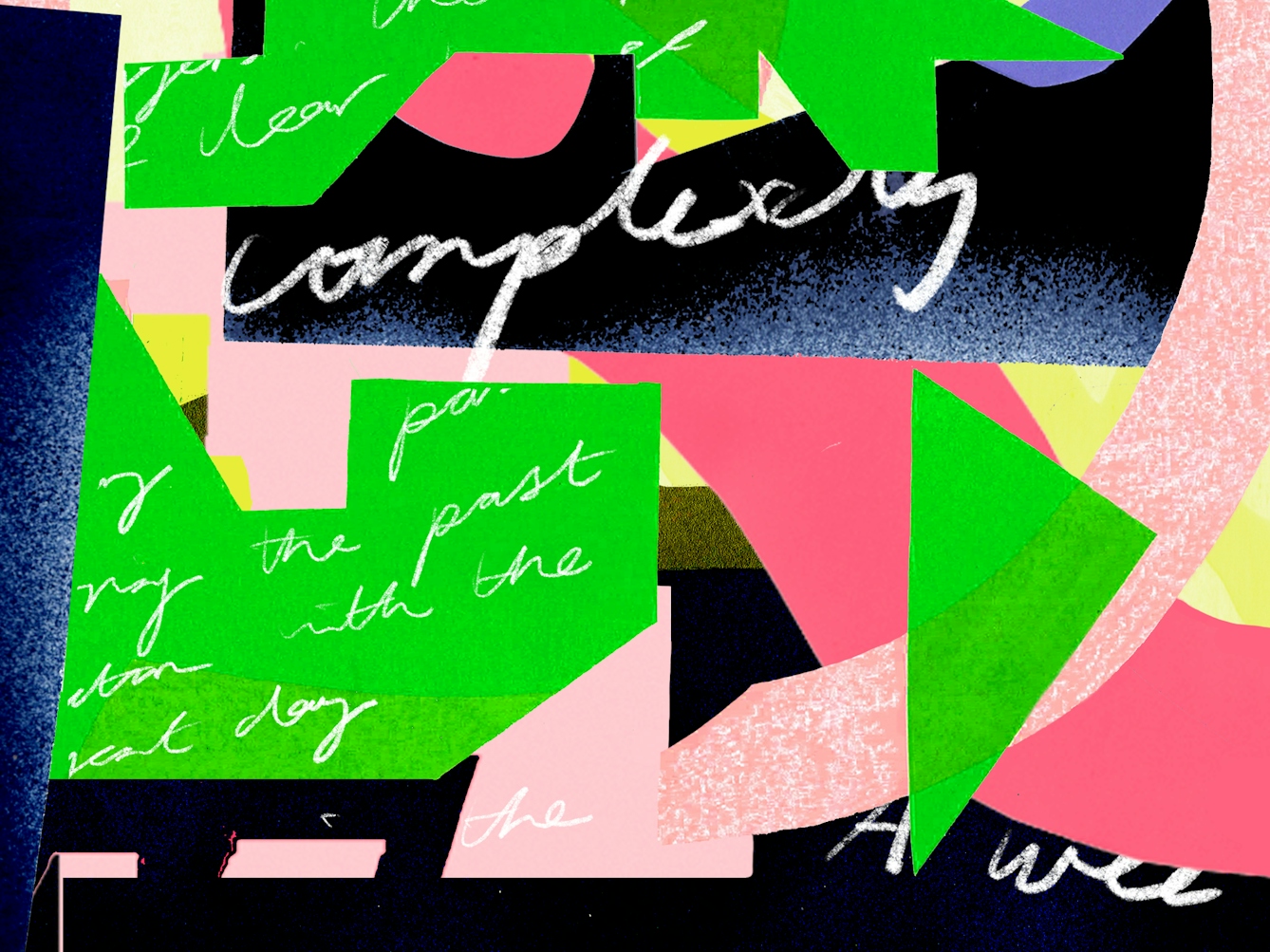
“Complex PTSD has many symptoms in common with PTSD, including flashbacks where the past hijacks the present.”
Army checkpoints with rifle-toting soldiers weren’t classified as traumatic, or even scary – they were as much a part of everyday life as buying milk.
While I knew that trauma could be directly caused by specific instances involving guns, bombs and violence, I hadn’t known that the constant drip-feed of the news and the continual guarding against being in the wrong place at the wrong time were actively harmful. Army checkpoints with rifle-toting soldiers weren’t classified as traumatic, or even scary – they were as much a part of everyday life as buying milk.
My parents, having lived through the most violent days of the 1960s and 1970s in the heart of Belfast, felt thoroughly safe in our 1990s Lisburn suburb, whereas the whirr of the Chinooks kept me awake at night as I worried about our relatives who lived within 100 metres of Thiepval army barracks.
One afternoon, a bomb was detonated inside the barracks, and when we tried phoning my aunt, the line was dead. I spent three hours not knowing whether my family members had survived. Thankfully, they were unharmed – the tremor had shaken the phone off the hook.
The psychological impact was harder to shake off, but at the time I internalised my sleepless nights as me being too sensitive. Mulling over things wasn’t encouraged. This was a cultural attitude as well as a family one: unless someone had been shot dead in front of you that afternoon, there was nothing to complain about.
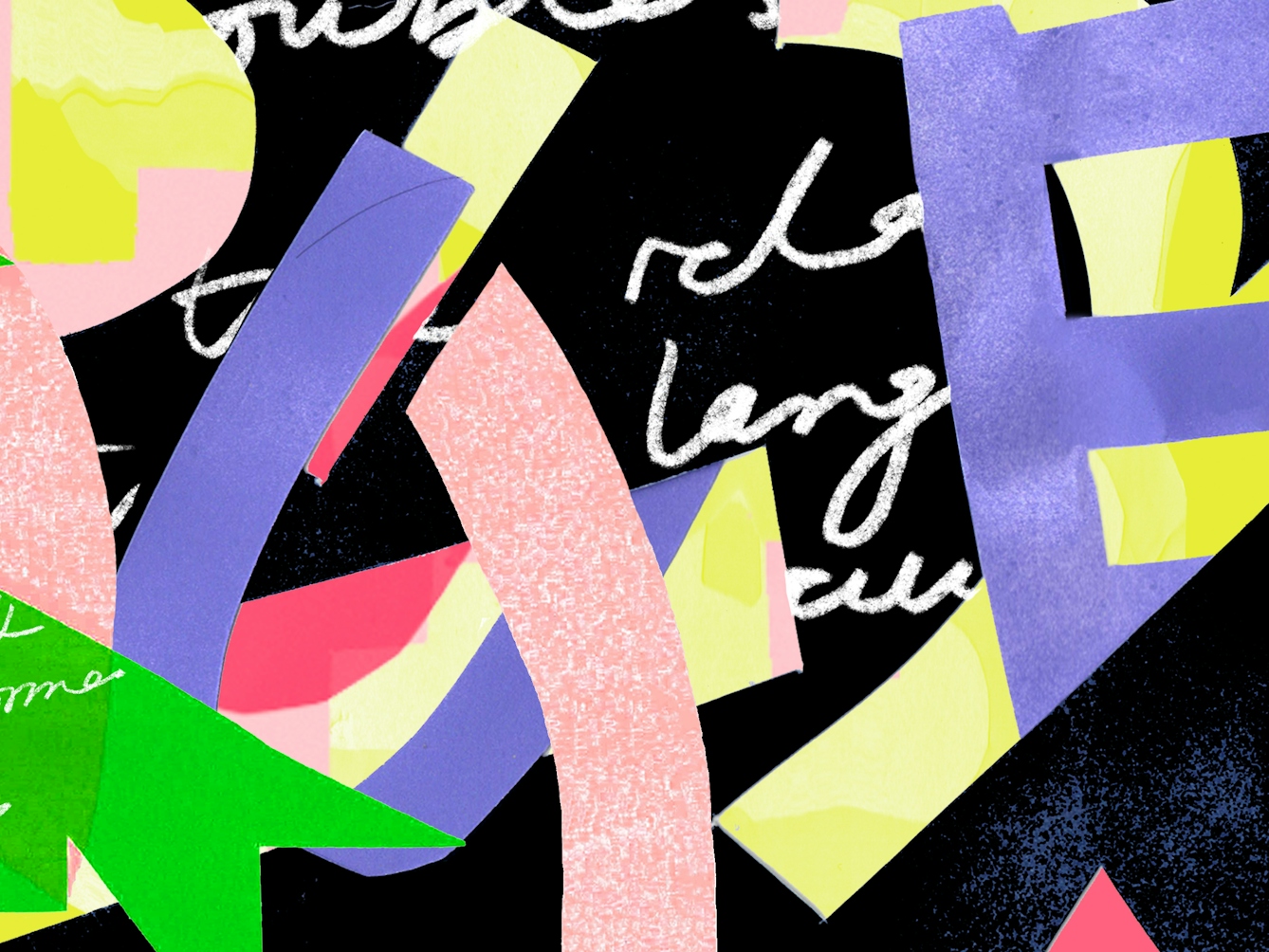
“It’s only recently that I’ve realised my childhood was steeped in linguistic complexities”
Why use euphemisms?
My curiosity about euphemisms has persisted because they can be used for both healthy and nefarious reasons. They can make it easier to talk about an emotionally difficult topic, but they can also be used to deny or trivialise a collective experience.
In 1990s Northern Ireland, “The Troubles” sat in the middle of a wide spectrum of euphemisms. At one end, we had “the other side of the community”, which meant Protestant if you were Catholic and Catholic if you were Protestant. At the most extreme end, we had “The Disappeared”, which meant individuals who were kidnapped and murdered by the paramilitaries, who deliberately withheld information on where the bodies were buried.
These were all terms used on the evening news and at the dinner table. It’s only recently that I’ve realised my childhood was steeped in linguistic complexities, and I’m still working out through conversations with friends which turns of phrase were unusual.
It’s always worth identifying a euphemism and asking who is using it, how and why. Paying attention to euphemisms has helped me understand society and myself a little bit better. Because behind every euphemism, there’s often a complex truth.
About the contributors
Carrie Hynds
Carrie Hynds is originally from Northern Ireland, now living by the seaside in Brighton & Hove. Carrie works as a freelance editor and ghostwriter with a background in educational publishing. Her other hobbies include pub quizzing, kayaking and backstage volunteering at a community theatre.
Lucy Grainge
Lucy Grainge is an artist and designer from Manchester based in London. She is also a workshop facilitator interested in community-centred and collaborative art practices. Lucy is co-creator of mental health and socio-politics magazine, Psyche and co-founder of Wiggle Wonderland, a touring pavilion activated by artists and communities.
